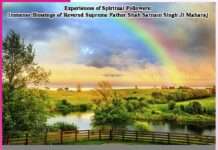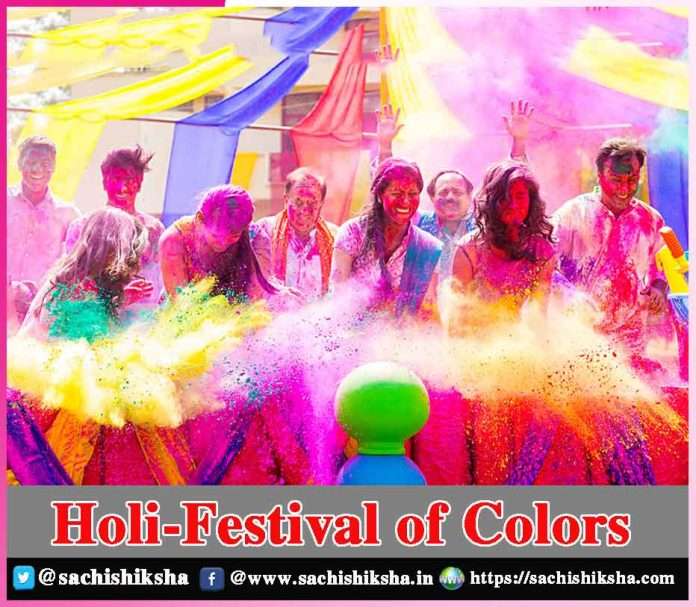Holi Festival of Colors
Introduction:- Holi is one of India’s most cherished and recognized festivals, and it is observed in nearly every corner of the country. It is also sometimes termed as the “Festival of Adoration” as on this day individuals get to gather with dismissing all grudges and all forms of unpleasant feelings toward one another.
The grand Indian festival is held one day and one night, beginning in the evening of Purnima, or the Full Moon Day in the month of Falgun. On the first evening of the festival, it is known as Holika Dahan or Choti Holi, and the next day is known as Holi. It is known by many names in various regions across the nation.
Also Read:
Table of Contents
Symbol of Victory of Good Over Evil:-
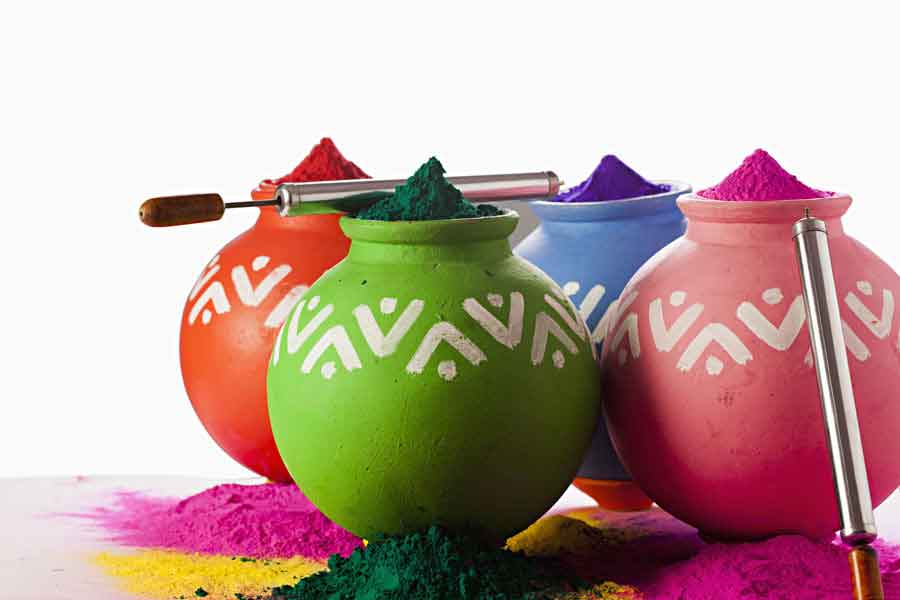
Holi Honoured By Aryans:-
Holi is an ancient Indian festival that was initially called as ‘Holika’. Historians think that all Aryans honored Holi, but especially in the eastern part of India. Holi is thought to have flourished many millennia before Christ. Yet, the festival’s significance is thought to have evolved over time. Earlier, married women performed a particular rite for the joy and well-being of their households, and the full moon (Raka) was adored.
Ancient References to Holi Celebration:-
The Holi celebration is also referenced in the carvings on the walls of historic temples. There are numerous additional paintings and murals in mediaeval Indian temples that depict Holi in pictorial form. A Mewar picture from around 1755, for example, depicts the Maharana with his courtiers. A happy dance is going on while the monarch bestows gifts on some individuals, and in the centre is a pool filled with colorful water. A Bundi miniature depicts a king perched on a tusker, with damsels sprinkling him with gulal (coloured powders) from a terrace overhead.
Mythology of Hiaranyakashyap:-
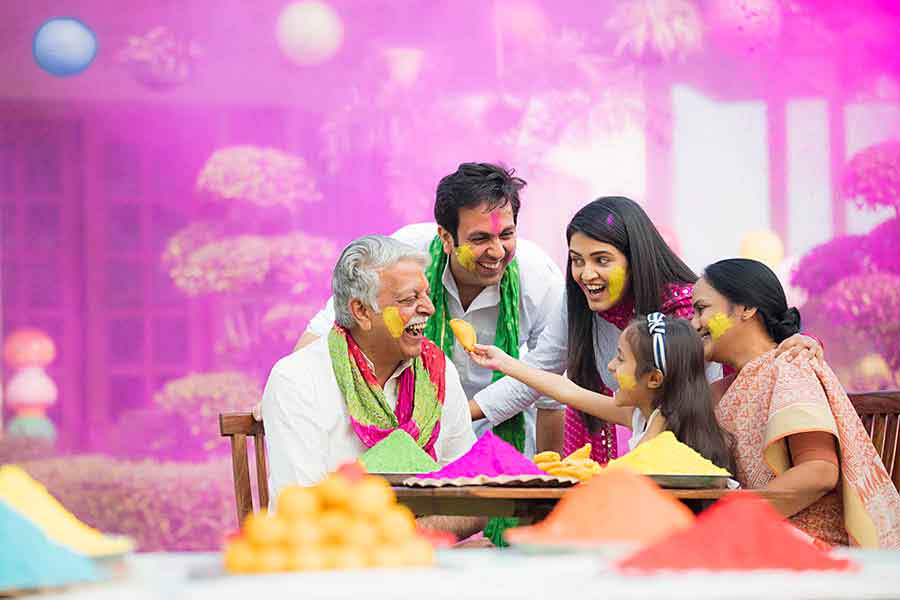
Hiaranyakashyap directed his sister, Holika, to embrace a raging fire while holding Prahlad in her lap. Holika had a blessing that allowed her to approach flames without suffering any harm. She was unaware, however, that the favor only worked when she entered the fire individually. As a result, she suffered the punishment for her evil intentions, whereas Prahlad was spared by the God’s favour for his tremendous dedication. As a result, the holiday commemorates both the triumph of virtue over wicked and the success of dedication.
Legend of Shri Krishna:-
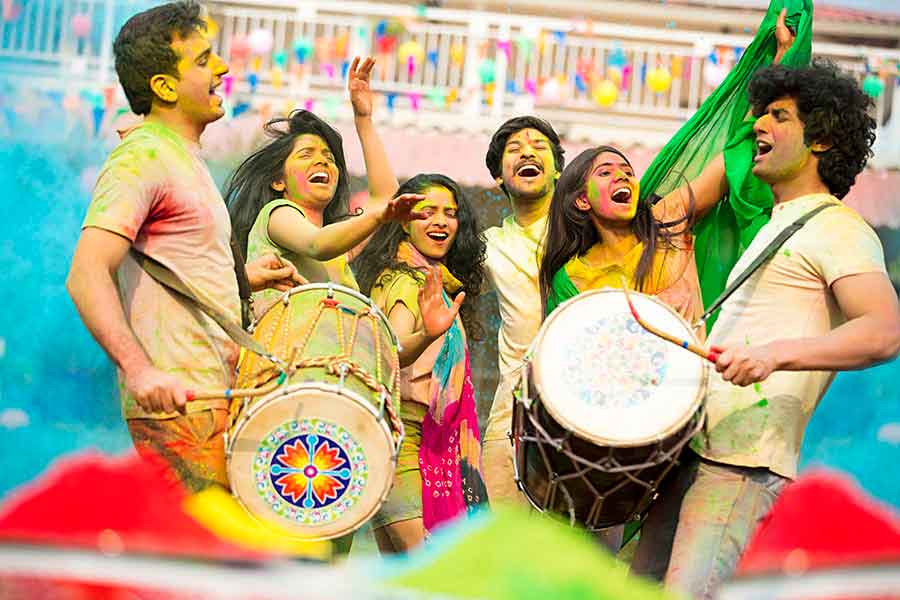
Holi-A Colourful & Flashy Event:-
Even though being such a colorful and flashy event, Holi has many aspects that make it so significant in our lives. Although they might not be immediately evident, a deeper look and a little thinking will demonstrate the importance of Holi in much more respects than one. There are numerous reasons, spanning from socio-economic to religious to biological, for which we ought to thoroughly appreciate the holiday and embrace the causes for its festivities. As a result, when it is time to Holi, do not hold back and actively participate throughout every tiny rite linked with the holiday to greatly enjoy the festivities.
Holika Bonfire:-
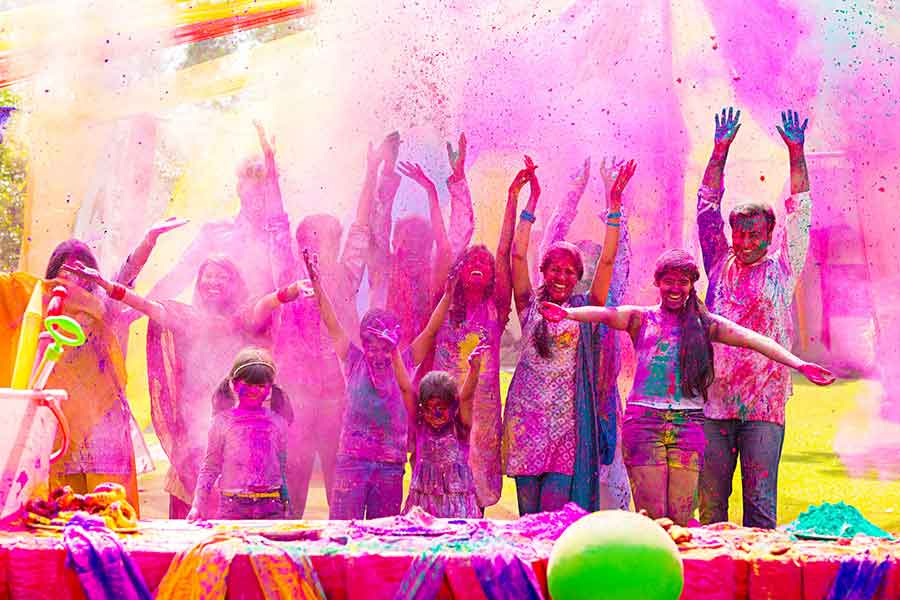
Playing With Colours:-
The ritual of playing with colors is very prevalent in north India, and there is no parallel to the Holi celebrations in Mathura and Vrindavan. Holi is also celebrated with zeal and glee in the states of Maharashtra and Gujarat.
Worshipping of Kaamdeva:-
Those in southern India, on the other hand, follow the custom of worshipping Kaamadeva, the loving god of Hindu mythology. People seem to believe in the tradition that tells of Kaamadeva`s tremendous devotion when he launched his love arrows on Lord Shiva to interrupt his concentration and arouse his attention in mundane matters.
Get-togather in the Evening:-
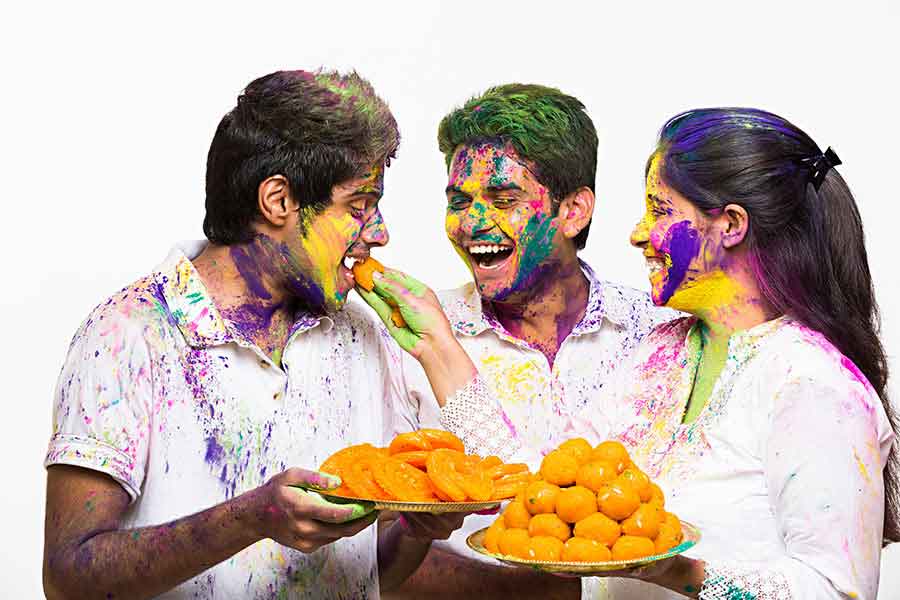
Avoid Environmental Pollution During Holi-
The joyful festival of Holi is intended to welcome the arrival of spring time, and the colors used in Holi are intended to represent the varied shades of the spring season. But, in current times, Holi does not represent for all that is wonderful. Holi, like many other celebrations, has become too commercialized, loud, and another cause of environmental degradation. To de-pollute Holi and restore it to its natural form, many different social and environmental organizations are suggesting a restoration to even more natural ways of enjoying Holi.
Conclusion:- It is expected that this article will aware people about the numerous negative consequences of Holi festivities and now individuals will enjoy a sustainable and environment friendly Holi! Happy Holi! Happy Holi! Happy Holi!












